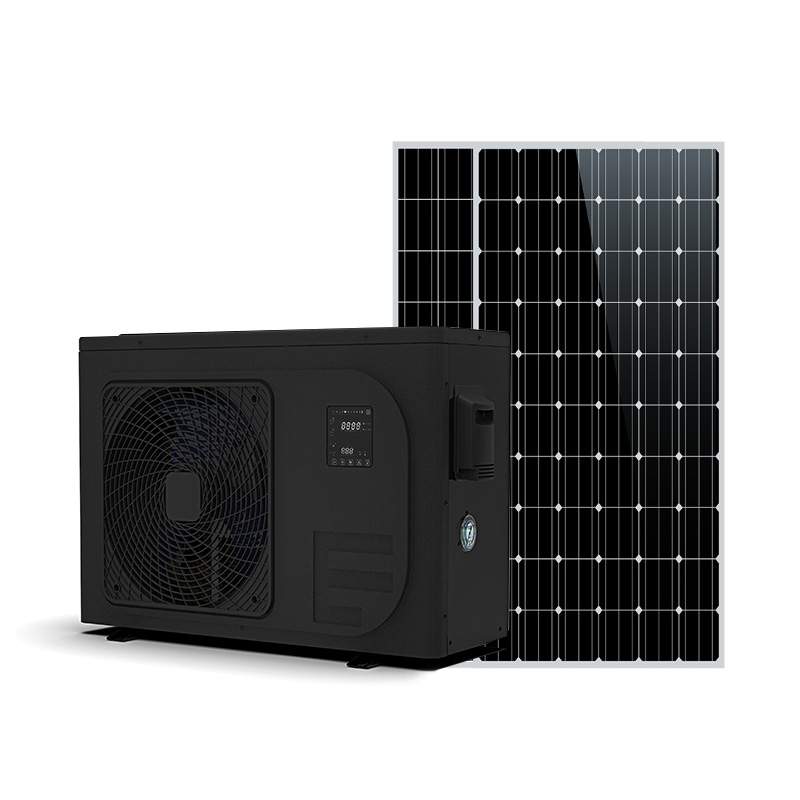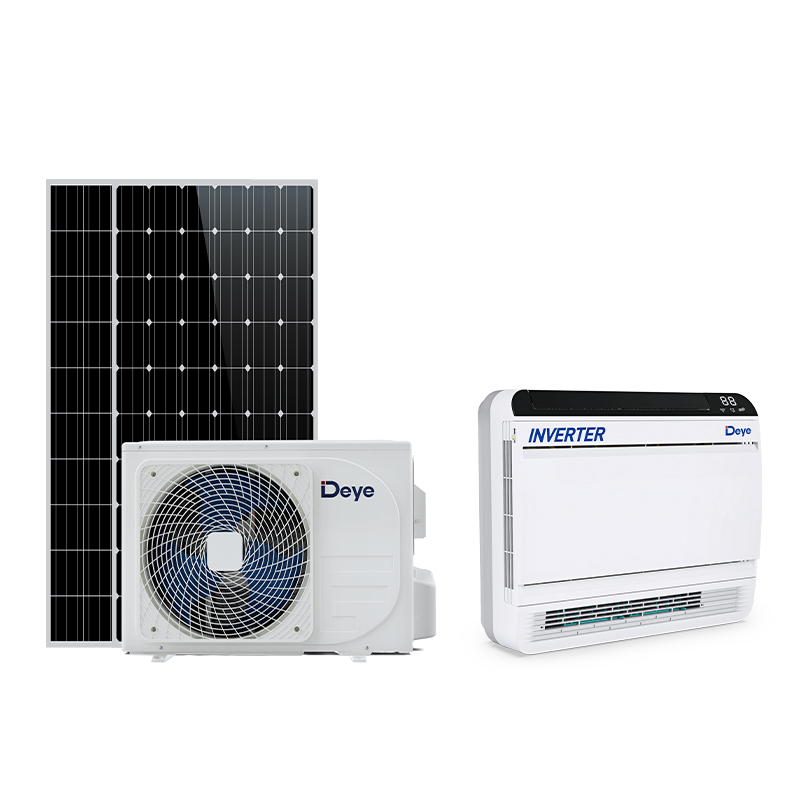As a highly efficient and energy-saving hot water equipment, the abnormal pressure during the operation of the solar air source water heater is one of the important faults that affect the stability of the equipment. This pressure abnormality is mainly manifested as too high or too low system pressure, both of which pose a serious threat to the normal operation of the equipment. Too low pressure may cause the system to fail to heat normally, or even trigger the shutdown protection of the equipment; while too high pressure may cause pipeline rupture or safety valve action, resulting in equipment damage and safety hazards. Therefore, it is particularly important to scientifically analyze and deal with the causes and solutions of pressure abnormalities.
Low pressure is usually caused by refrigerant leakage, system leakage or pressure sensor failure. Refrigerant leakage is one of the main factors leading to pressure drop. The refrigerant is responsible for the transfer of heat energy in the system. Once a leak occurs, the amount of refrigerant in the system decreases, and the pressure naturally decreases. Refrigerant leakage may be caused by aging of the pipeline, loose connection or mechanical damage. To detect the leak point, it is necessary to use professional equipment for pressure testing or use leak detection instruments. After the leak is found, the damaged pipeline and connectors should be immediately repaired or replaced to ensure the sealing of the system. Refrigerant replenishment must be carried out by professional technicians, strictly in accordance with the refrigerant type and filling amount specified by the equipment manufacturer to avoid pressure drop caused by insufficient refrigerant.
Water leakage or blockage can also cause abnormal pressure. Water leakage may be caused by pipeline rupture, valve leakage or loose connection, while blockage is mostly caused by sediment, scale or impurity accumulation, affecting the smooth flow of water. Water leakage will cause pressure drop, while blockage may cause pressure increase or instability. For water leakage, it is necessary to repair the leak point in time to ensure that the water seal is intact; for blockage problems, it is necessary to clean the sediment inside the pipe or heat exchanger to restore normal water flow. Regular cleaning and maintenance of the water channel, using softened water or adding descaling agents can effectively prevent blockage and corrosion and extend the service life of the equipment.
Pressure sensor failure is also one of the important factors causing pressure abnormality. Aging, damage or inaccurate calibration of the sensor will cause the pressure value displayed by the system to be untrue, thereby affecting the judgment of the control system. Regular calibration and testing of pressure sensors to ensure their normal operation is the key to ensuring stable operation of the system. If the sensor is found to be ineffective or faulty, it should be replaced in time to avoid misoperation or protection action caused by sensor misreading. At the same time, the relevant electrical connections should be checked to ensure the stability and reliability of the sensor signal.
Failure of the equipment's safety valve or pressure regulating valve may also cause abnormal pressure. As an important device to protect the safety of the equipment, if the safety valve cannot be opened normally due to valve damage or spring failure, it may cause excessive pressure, thereby threatening the safety of the equipment. If the pressure regulating valve fails to adjust, it will cause the pressure to fluctuate within the normal range. Therefore, it is very important to regularly check the working status of the safety valve and pressure regulating valve to ensure that they are sensitive and reliable. If the valve is found to be ineffective or damaged, it should be replaced or repaired in time to ensure that the system pressure is always maintained within a safe range.


 Español
Español русский
русский Français
Français Português
Português Deutsch
Deutsch عربى
عربى italiano
italiano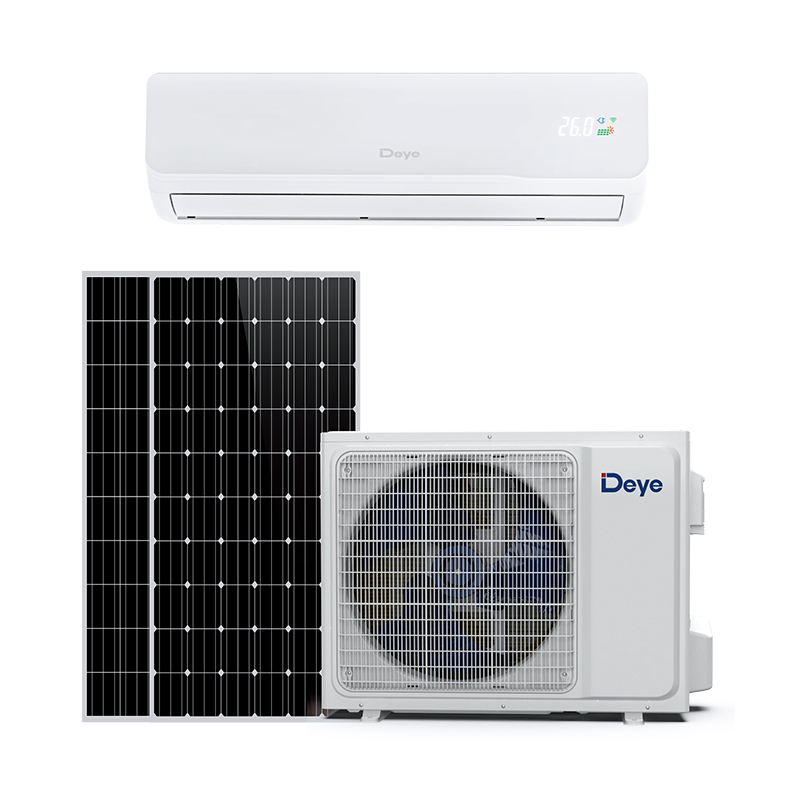
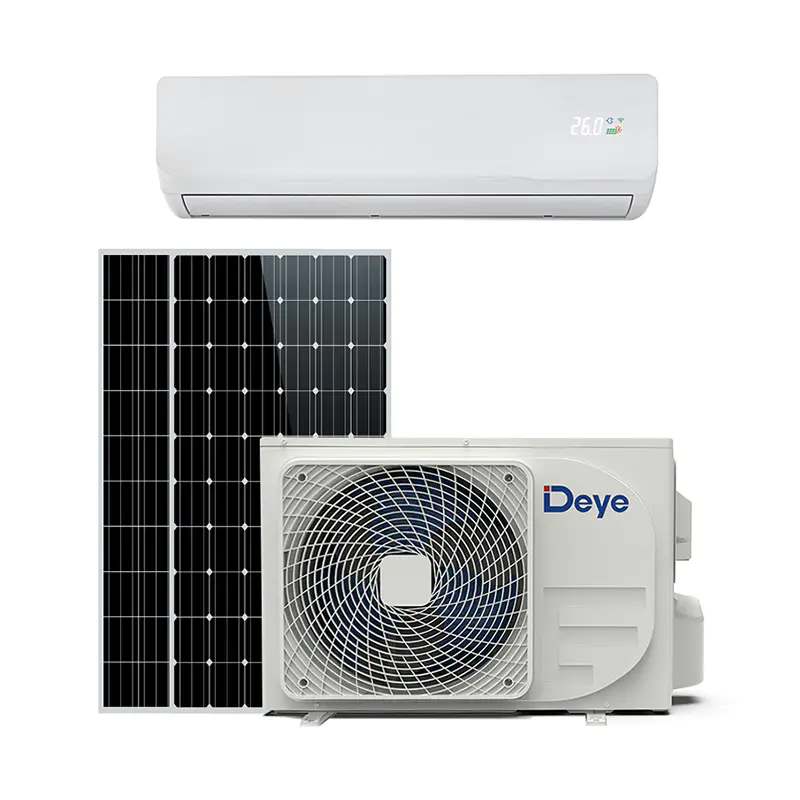
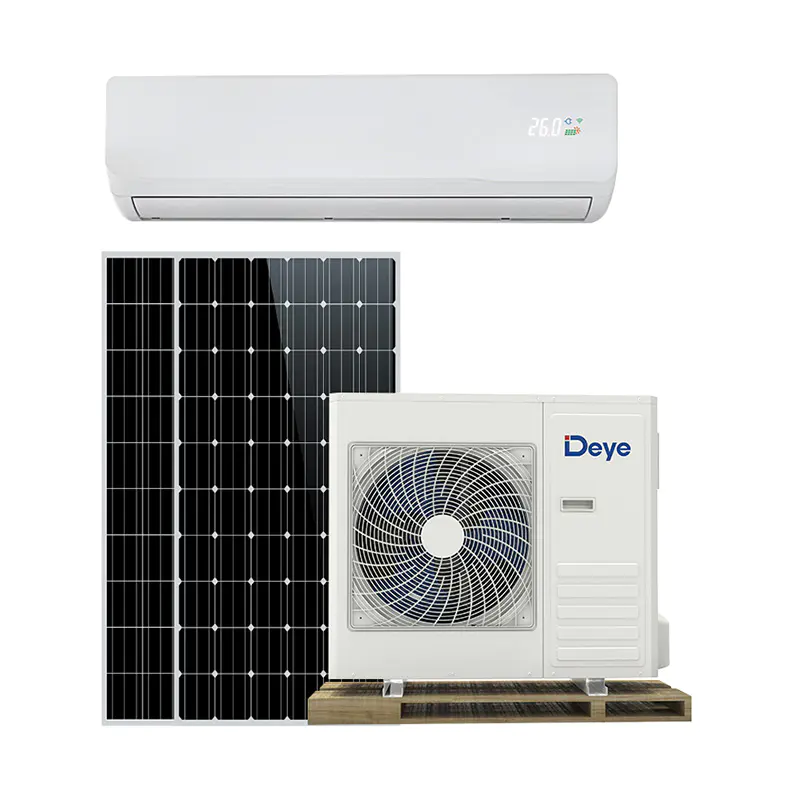
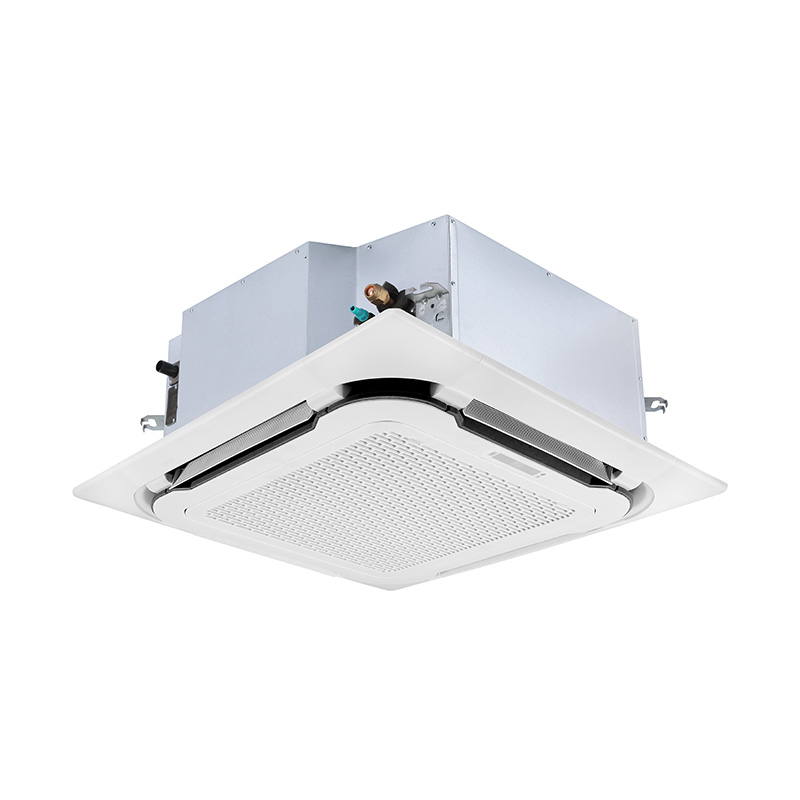
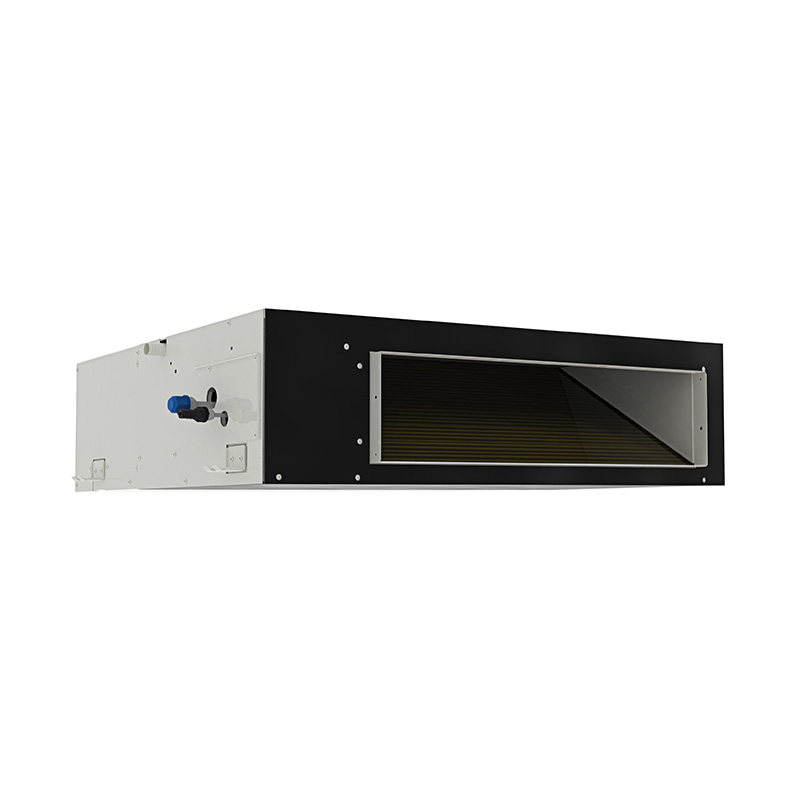
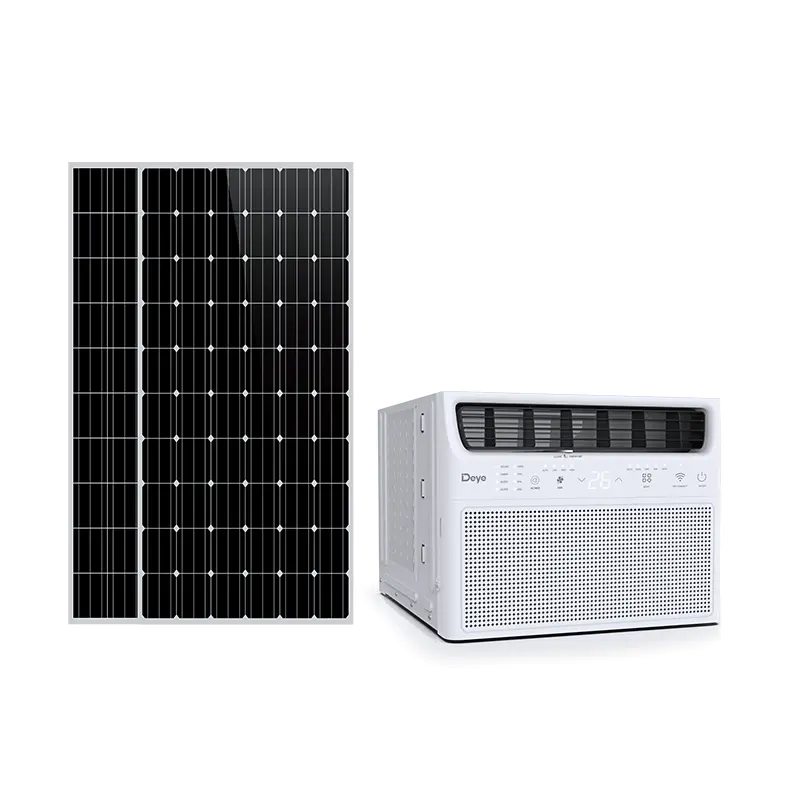
-1.jpg)


